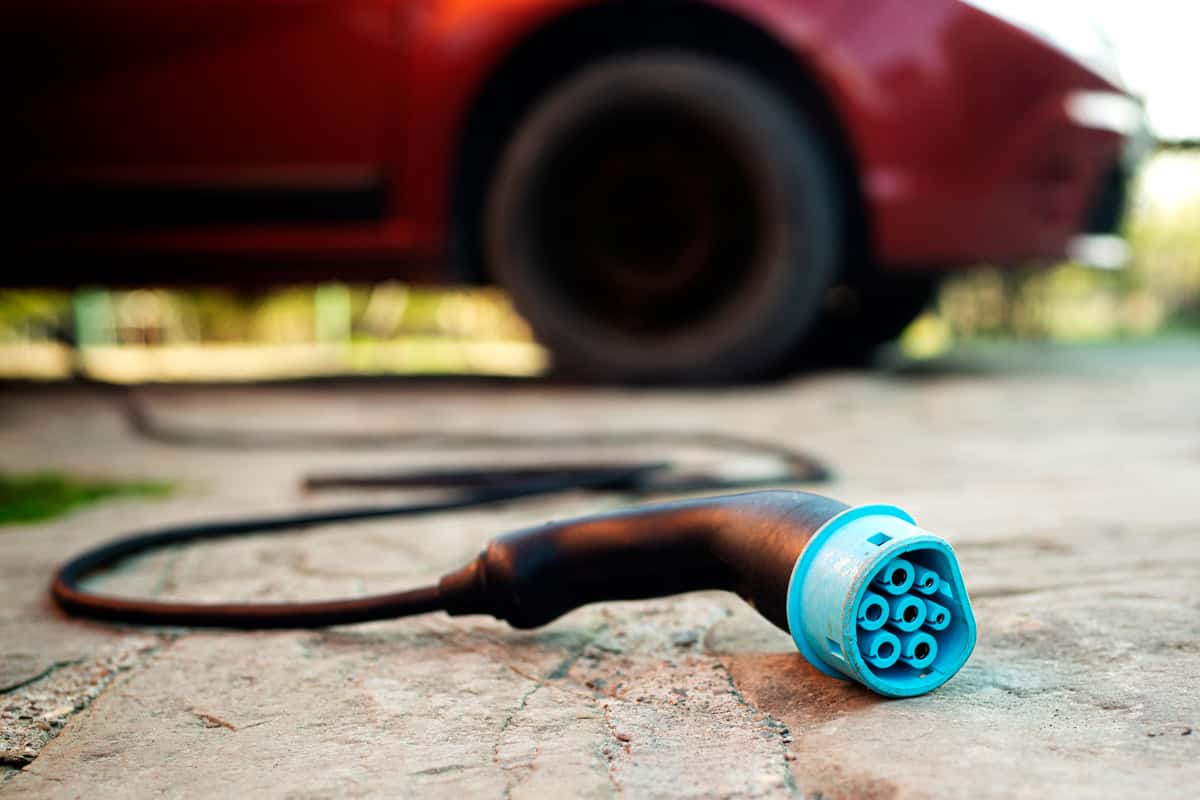Many people ask the differences between AC and DC charging when it comes to their EVs. First, let’s clarify what AC and DC means in terms of EV charging. First, AC stands for “alternating current” and DC stands for “direct current.” Those are the two different (and primary) types of electrical current that are used for charging electric vehicles. Which is the most common method for charging EVs? AC charging is the most common method and is most commonly used in residences, workplaces, and public charging EV stations. DC, or Direct Current charging is faster, but is more expensive in terms of installation, more involved in terms of maintenance and is utilized more on highway EV stations as well as public and fleet charging stations.
There are some key differences when it comes to AC and DC charging, as follows:
- Charging Speed: DC charging is typically faster than AC charging, especially in fast-charging stations.
- Efficiency: AC charging is just over 90% efficient while DC charging is approximately 93-95% efficient, on average.
- Infrastructure: AC charging stations are more widely available, while DC fast-charging stations are expanding in terms of availability.
- Size: AC chargers are typically much smaller and less expensive to install and use than DC chargers.
AC chargers utilize an AC to DC converter built inside the EV car to convert AC power into DC power for the vehicle’s battery. DC charging has a converter inside the DC charger itself, that way it can deliver electricity directly to the vehicle's battery and does not need the onboard charger for any electrical conversion.
So, one of the key differences between AC charging and DC charging is the power conversion location. Unlike AC chargers, a DC charger has the converter inside the charger itself, meaning it can feed EV power directly to the EV's battery and does not need any onboard charger to convert it.
When it comes to the best selling EV cars on the road, Tesla’s chargers interestly enough can be AC or DC. It all depends on the Tesla vehicle model and application. Their original residential chargers for people’s homes used AC, but the more recent Tesla “Supercharger Stations” utilize DC for faster charging at public stations. Tesla's charging connector(s) offer both AC and DC charging options.
When it comes to the differences between AC and DC chargers and related EV charging solutions, please feel free to contact our team of EV experts any time of day or night via our web contact form.
About Turnkey EV Solutions, LLC
Turnkey EV Solutions provides some of the best and most efficient EV products and solutions for electric vehicle charging and networks. From residential to commercial EV installations and EV product arrays, our EV charging solutions are designed to save our customers money, energy, and time. We offer a wide range of EV chargers and accessories so you can find the perfect EV solution for your home, business or fleet EV solution. Our EV solutions include providing the tax benefits and rebates that come with EV products and installation. Our EV teams design, install and customize charging solutions tailored to fit our clients' specific needs. We are committed to offering innovative and reliable EV charging solutions, as well as superior customer service and support.


Leave a comment
This site is protected by hCaptcha and the hCaptcha Privacy Policy and Terms of Service apply.